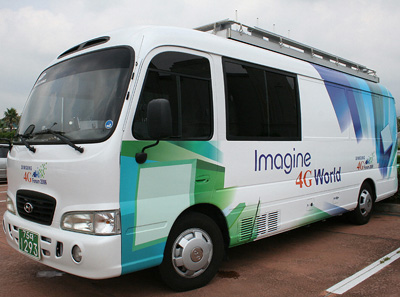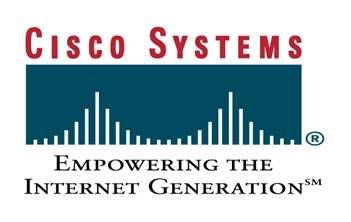
NPR had a phenomenally interesting segment today on All Things Considered talking about todayÂ’s oil market. Its main premise was that todayÂ’s high oil prices are not caused by international conflicts (wars in the Middle East), or by surging demand from countries like India or China. Rather, it is due to an interesting phenomenon economists call contango, a scenario that occurs when a commodityÂ’s future price has a higher value than its current price (spot price).
Oil companies and others like to buy futures contracts to make sure they've got oil coming to them well into the future. But lately, people who have nothing to do with the oil industry are buying oil futures, holding them as can't-lose investments that can return well over 10 percent.
Investment banks from Morgan Stanley to Goldman Sachs are making so much money from oil futures that they've become a hot investment for all sorts of big-money players.
"I think if you saw all the pension funds walk away," says Ben Dell, an oil analyst at Sanford Bernstein, "you'd probably see a $20 drop in the crude price."
Why is this return not quickly arbitraged away? It shouldn’t be too unusual for future prices to be higher than today’s prices (especially considering inflation). According to Wikipedia, “The contango should equal the cost of carry (opportunity cost + warehousing/storage), because producers and consumers can compare the futures contract price against the spot price plus storage, and choose the better one. Arbitrageurs can sell one and buy the other for a risk-free profit too.”
Clearly I’m not a financial markets expert, but this whole contango argument seems to violate my favorite principle of economics: there ain’t no such thing as a free lunch (really, follow the link – I love Wikipedia!) Some possible arguments for what could be causing this market failure:
- International uncertainty
- Limited supply of oil
- Too many middlemen: All these i-banks buy the oil from Chevron, then sell futures back to Chevron. They make their high return, then Chevron can apply their standard margin back to the future oil. The margin on the higher prices just generates more revenue for the company.
Thoughts? Maybe someone understands the theory behind this and can help everyone out! I've never asked for comments before, but this one needs some input!














